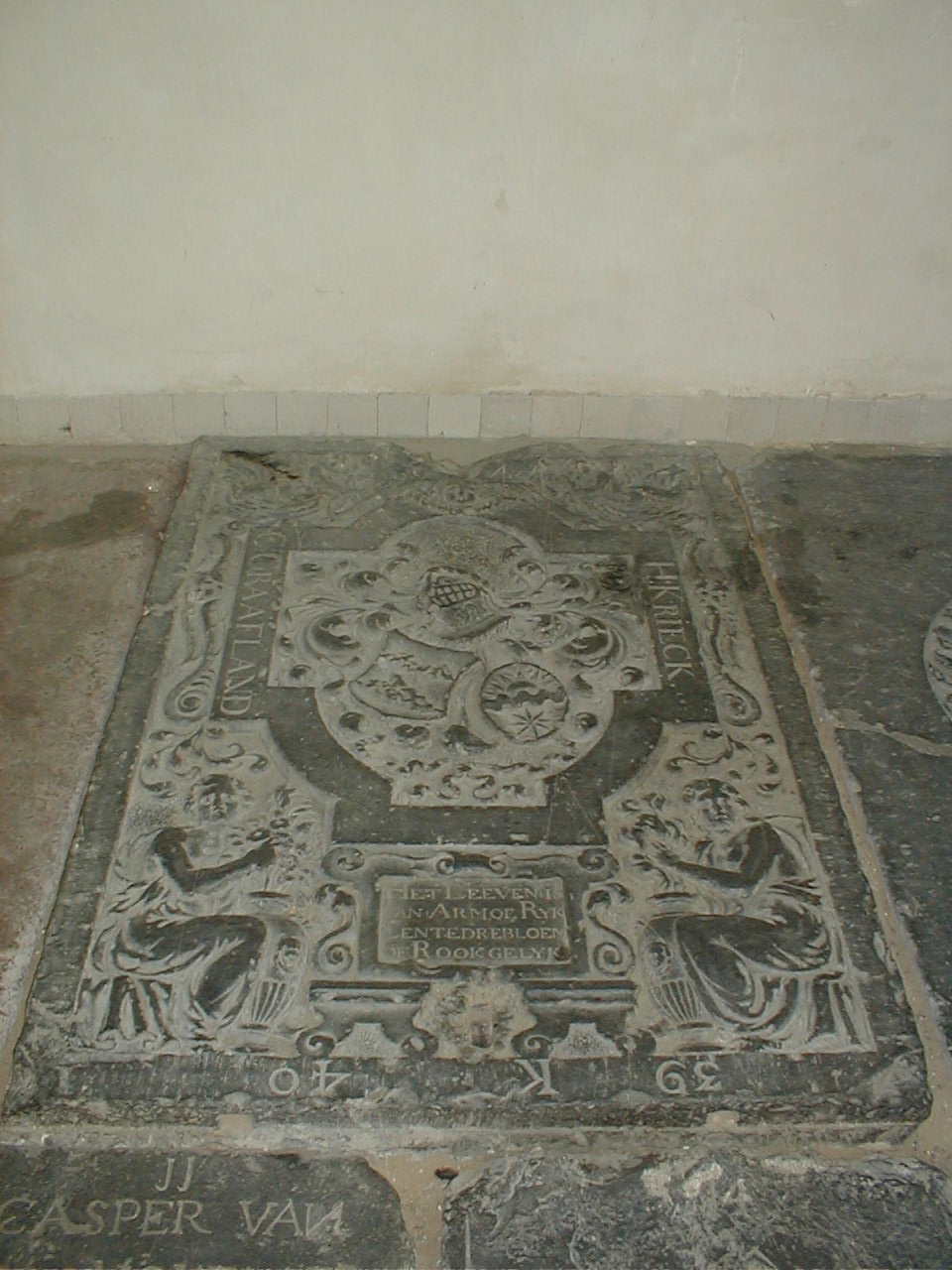What To Do About Plate Heat Exchangers Before It's Too Late
페이지 정보
작성자 Anne 댓글 0건 조회 3회 작성일 24-11-11 14:16본문
Plate-type heat exchangers play a crucial role in industries that need efficient heat transfer, such as HVAC systems, food processing, and chemical production. Their design, which involves multiple thin, corrugated plates stacked together, enables them to transfer heat between two fluids while maintaining separation. This compact, highly efficient system makes plate heat exchangers an attractive option for a wide range of applications.
Plate heat exchangers are made up of thin metal plates, usually stainless steel, arranged within a frame. Each plate has channels that guide fluid flow in alternating patterns, with hot and cold fluids passing through every other plate. This configuration maximizes the surface area for heat transfer, leading to higher efficiency than other types like shell-and-tube systems. Gaskets or welding seal the plates, ensuring that the fluids remain separated while exchanging thermal energy.
A major benefit of plate heat exchangers is their compact design. They provide high heat transfer efficiency in a smaller size, which is ideal for space-constrained installations. Additionally, they are modular, allowing for capacity adjustments by adding or removing plates, giving flexibility in meeting specific heat transfer requirements.
Various types of plate heat exchangers are available. Gasketed plate heat exchangers use gaskets to seal the plates, allowing for easy maintenance and cleaning. Brazed plate heat exchangers feature permanently bonded plates, providing durability and leak resistance for high-pressure and high-temperature uses. Welded plate heat exchangers offer comparable durability and enhanced resistance to corrosive fluids.
Plate heat exchangers are widely used in HVAC systems for heating and cooling air, in food processing for pasteurization, and in chemical plants for temperature control. Their efficient heat transfer between fluids with varying viscosities, pressures, and temperatures makes them suitable for diverse industries.
In summary, plate heat exchangers offer efficient heat transfer, space-saving design, and Click Link versatility, making them a preferred choice for numerous industrial applications. Their customizable nature allows them to meet specific needs, ensuring optimal performance.
Plate heat exchangers are made up of thin metal plates, usually stainless steel, arranged within a frame. Each plate has channels that guide fluid flow in alternating patterns, with hot and cold fluids passing through every other plate. This configuration maximizes the surface area for heat transfer, leading to higher efficiency than other types like shell-and-tube systems. Gaskets or welding seal the plates, ensuring that the fluids remain separated while exchanging thermal energy.
A major benefit of plate heat exchangers is their compact design. They provide high heat transfer efficiency in a smaller size, which is ideal for space-constrained installations. Additionally, they are modular, allowing for capacity adjustments by adding or removing plates, giving flexibility in meeting specific heat transfer requirements.
Various types of plate heat exchangers are available. Gasketed plate heat exchangers use gaskets to seal the plates, allowing for easy maintenance and cleaning. Brazed plate heat exchangers feature permanently bonded plates, providing durability and leak resistance for high-pressure and high-temperature uses. Welded plate heat exchangers offer comparable durability and enhanced resistance to corrosive fluids.
Plate heat exchangers are widely used in HVAC systems for heating and cooling air, in food processing for pasteurization, and in chemical plants for temperature control. Their efficient heat transfer between fluids with varying viscosities, pressures, and temperatures makes them suitable for diverse industries.
In summary, plate heat exchangers offer efficient heat transfer, space-saving design, and Click Link versatility, making them a preferred choice for numerous industrial applications. Their customizable nature allows them to meet specific needs, ensuring optimal performance.

댓글목록
등록된 댓글이 없습니다.